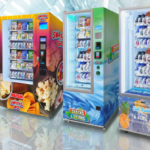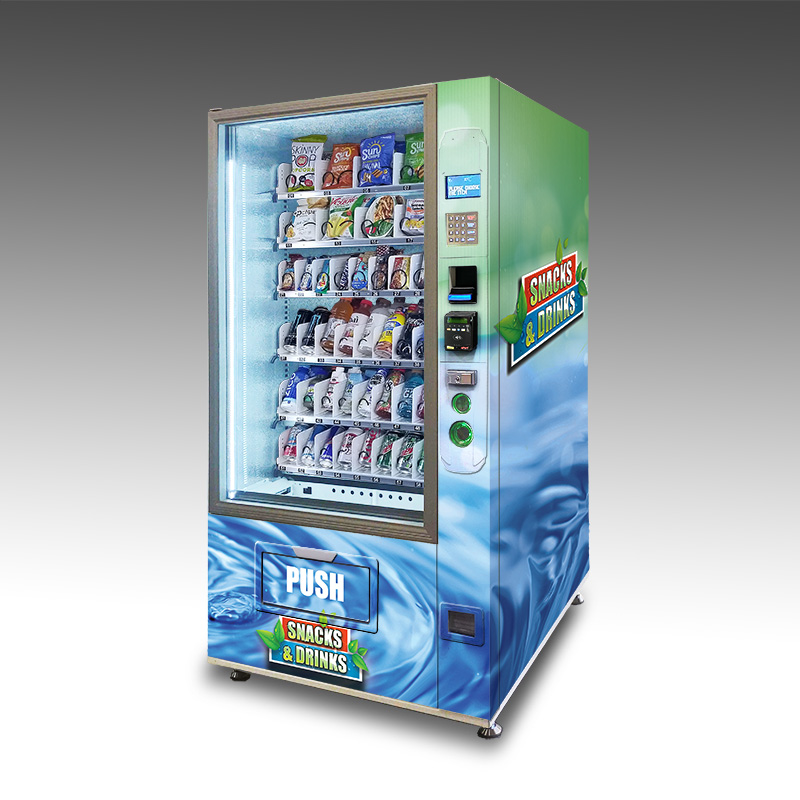Unlocking Profits: How to Start and Scale Your Own Vending Machine Business Today
In today's rapidly evolving marketplace, the vending machine business has emerged as a lucrative opportunity for entrepreneurs seeking to tap into a self-sustaining revenue stream. With low overhead costs, minimal maintenance, and the potential for 24/7 operation, vending machines offer a unique combination of flexibility and profitability. Whether you're looking to start a side hustle or build a full-fledged enterprise, understanding the essentials of this business model is crucial for success.
This guide delves into the "Top 10" strategies to kickstart and scale your vending machine business effectively. From choosing the right locations and machines to understanding customer preferences and leveraging technology, we will explore practical insights that can help you maximize your profits. We will also highlight key considerations such as inventory management, marketing techniques, and financial planning, empowering you to make informed decisions every step of the way. Join us as we unlock the potential of the vending machine business and pave the way for your entrepreneurial journey.

Identifying Profitable Vending Machine Locations: Key Strategies and Market Trends
The vending machine industry is experiencing a transformative shift driven by the integration of the Internet of Things (IoT) and evolving technological advancements. This transition is not only enhancing operational efficiency but also expanding opportunities for entrepreneurs looking to enter the market. According to recent data, the global vending machine market is projected to grow significantly, with substantial opportunities identified in various sectors, including commercial and public spaces. Trends indicate that smart vending machines equipped with IoT technology are becoming increasingly popular, allowing for real-time inventory management and customer engagement, which can directly contribute to improved profitability.

Identifying profitable locations for vending machines is crucial for success in this industry. Strategies that involve analyzing foot traffic, demographic trends, and competitor presence can yield valuable insights. Reports have highlighted that placing machines in high-traffic areas such as offices, schools, and shopping centers can dramatically increase sales potential. With the U.S. water vending machine market expected to reach new heights by 2032, this segment represents a particularly lucrative opportunity, as consumers increasingly look for convenient and healthy beverage options. As market dynamics continue to evolve, leveraging technology and strategic location analysis will be key to unlocking profits in the vending machine business.
Understanding Consumer Preferences: Best-Selling Products for Vending Success
When embarking on a vending machine business, understanding consumer preferences is crucial for success. Recent industry reports indicate that snacks and beverages remain the top-selling categories. According to a study by IBISWorld, the vending machine industry in the U.S. is projected to reach $7 billion by 2025, fueled by demand for healthier snack options. Notably, products like protein bars, nuts, and low-calorie snacks are gaining traction among health-conscious consumers, reflecting a broader shift toward wellness.
Furthermore, beverages continue to dominate, with non-carbonated options seeing significant growth. A report from Statista highlights that bottled water and energy drinks have become staples in vending platforms, with bottled water sales surpassing $18 billion in the U.S. alone. By aligning your product selection with these trends and focusing on high-demand items, you can effectively tap into consumer preferences—ultimately unlocking greater profitability in your vending machine business.
Cost Analysis: Initial Investment and Return on Investment for Vending Machines
The global vending machine market is poised for significant growth, with a projected value of $7.01 billion in 2024, surging to $8.81 billion by 2032. This steady expansion, driven by an annual growth rate of 2.9%, presents a lucrative opportunity for entrepreneurs looking to enter and scale their own vending machine businesses. Understanding the cost analysis related to the initial investment and the potential return on investment (ROI) is crucial for success in this field.
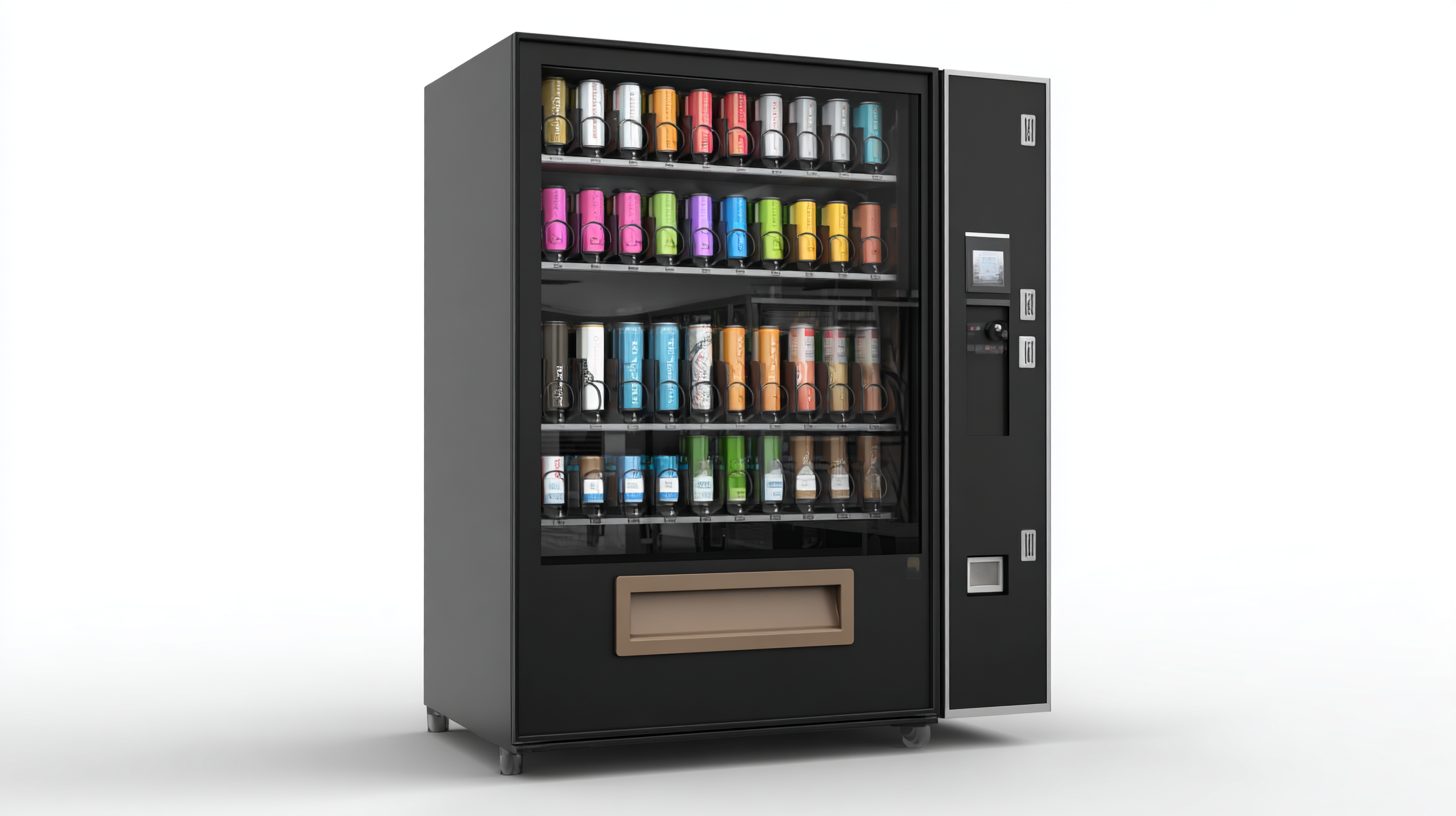
Initial investment costs can vary widely, but typically range from a few thousand dollars for a single unit to upwards of $20,000 for more advanced machines, especially those featuring touch screens or offering a diverse selection of products. As operators scale their businesses, the ROI tends to improve significantly. With the rise of reverse vending machine (RVM) systems, which advocate for recycling and sustainability, this niche market is also gaining traction. By 2025, the RVM market is expected to reach approximately $407.23 million, with projections indicating a capital growth to $511.87 million by 2033, also reflecting a 2.9% annual growth rate. Investing in this technology not only enhances profitability but also aligns with the growing consumer demand for environmentally-friendly options.
Scaling Your Business: Effective Strategies for Multi-Machine Operations
Scaling your vending machine business involves strategic planning and execution. To effectively manage multiple machines, it is essential to analyze the locations that yield the highest foot traffic. Targeting places like office buildings, schools, and gyms can significantly boost your sales. Additionally, understanding customer preferences in different areas can help you curate a product mix that maximizes profitability.
**Tip:** Regularly monitor sales data and customer feedback to adjust your inventory accordingly. This proactive approach will ensure that you are meeting customer needs and maintaining high sales across all machines.
Another key strategy for scaling is streamlining operations. Investing in technology, such as inventory management software and cashless payment systems, can simplify tracking and optimize restocking schedules. This not only reduces downtime but also enhances the customer experience.
**Tip:** Consider establishing partnerships with local suppliers to ensure fresh inventory and expand your product offerings, which can attract more customers to your machines. By building strong supplier relationships, you can secure better prices and maintain a competitive edge.
Unlocking Profits: Vending Machine Business Performance
Leveraging Technology: Innovative Tools for Vending Machine Management and Customer Engagement
The global smart vending machine market is witnessing remarkable growth, projected to expand from $11.47 billion in 2025 to $36.89 billion by 2032, with a compound annual growth rate (CAGR) of 18.2%. This surge is largely driven by advancements in technology that enhance vending machine management and customer engagement. As vending operators implement innovative tools like cashless payment systems, remote monitoring, and data analytics, they are able to optimize inventory management, enhance customer experience, and increase profitability.
North America is a significant player in this market, with the vending kiosk segment expected to grow from $9.39 billion in 2025 to $21.76 billion by 2032, demonstrating a CAGR of 12.7%. The integration of technology in vending machines—such as artificial intelligence and IoT—enables better tracking of consumer preferences and inventory levels. This not only streamlines operations but also fosters a more personalized shopping experience, facilitating enhanced customer engagement. As businesses seek to capitalize on this booming market, leveraging such technologies will be essential for sustaining growth and maximizing profits.
Unlocking Profits: How to Start and Scale Your Own Vending Machine Business Today
| Business Aspect | Data Point | Impact |
|---|---|---|
| Initial Investment | $3,000 - $10,000 | Initial setup including machines and stock |
| Average Monthly Revenue | $500 - $2,000 | Varies by location and product selection |
| Operating Costs | $100 - $500 | Includes restocking, maintenance, and utilities |
| Customer Engagement Tools | Mobile apps, loyalty programs | Increase repeat business and customer satisfaction |
| Technology Utilization | Smart vending solutions | Enhanced inventory management and sales tracking |
| Market Growth Rate | 5-10% annually | Shows increasing demand for vending solutions |
Related Posts
-

Exploring the Rise of Vending Machine Franchises and Their Revenue Growth in a Post Pandemic Market
-

Why Your Business Needs a Snack Machine to Boost Employee Morale
-

The Ultimate Guide to Starting Your Own Vending Machine Business Today
-

Unlocking the Secrets of the Vending Business for Aspiring Entrepreneurs
-
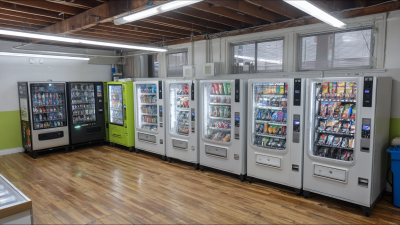
Unlocking Profit: How Businesses Looking for Vending Machines Can Optimize Their Space for Success
-
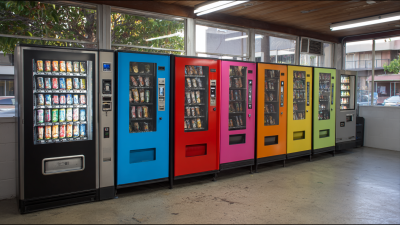
The Ultimate Guide to Choosing Refurbished Vending Machines for Your Business





